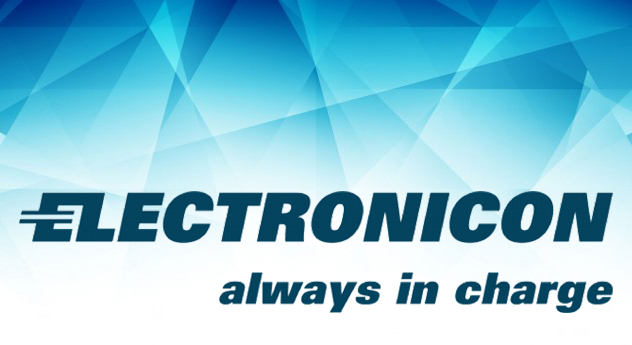? What Is an IGBT

Abstract: An IGBT, or insulated gate bipolar transistor, is a solid state device (with no moving parts). It is a switch that is used in order to allow power flow in the On state and to stop power flow when it is in the Off state. An IGBT works by applying voltage to a semiconductor component, therefore changing its properties to block or create an electrical path.
The insulated-gate bipolar transistor (IGBT) is a three-terminal power semiconductor device primarily used as an electronic switch which, as it was developed, came to combine high efficiency and fast switching. It switches electric power in many modern appliances: variable-frequency drives (VFDs), electric cars, trains, variable speed refrigerators, lamp ballasts, air-conditioners and even stereo systems with switching amplifiers. Since it is designed to turn on and off rapidly, amplifiers that use it often synthesize complex waveforms with pulse width modulation and low-pass filters. In switching applications modern devices boast pulse repetition rates well into the ultrasonic range—frequencies which are at least ten times the highest audio frequency handled by the device when used as an analog audio amplifier.
The IGBT combines the simple gate-drive characteristics of MOSFETs with the high-current and low-saturation-voltage capability of bipolar transistors. The IGBT combines an isolated gate FET for the control input, and a bipolar power transistor as a switch, in a single device. The IGBT is used in medium- to high-power applications like switched-mode power supplies, traction motor control and induction heating. Large IGBT modules typically consist of many devices in parallel and can have very high current handling capabilities in the order of hundreds of amperes with blocking voltages of 6000 V, equating to hundreds of kilowatts.
The first-generation IGBTs of the 1980s and early 1990s were prone to failure through such modes as latchup (in which the device will not turn off as long as current is flowing) and secondary breakdown (in which a localized hotspot in the device goes into thermal runaway and burns the device out at high currents). Second-generation devices were much improved, and the current third-generation ones are even better, with speed rivaling MOSFETs, and excellent ruggedness and tolerance of overloads.
The extremely high pulse ratings of second- and third-generation devices also make them useful for generating large power pulses in areas including particle and plasma physics, where they are starting to supersede older devices such as thyratrons and triggered spark gaps.
Their high pulse ratings, and low prices on the surplus market, also make them attractive to the high-voltage hobbyist for controlling large amounts of power to drive devices such as solid-state Tesla coils and coilguns.
Affordable, reliable IGBTs are important for electric vehicles and hybrid cars.








visits